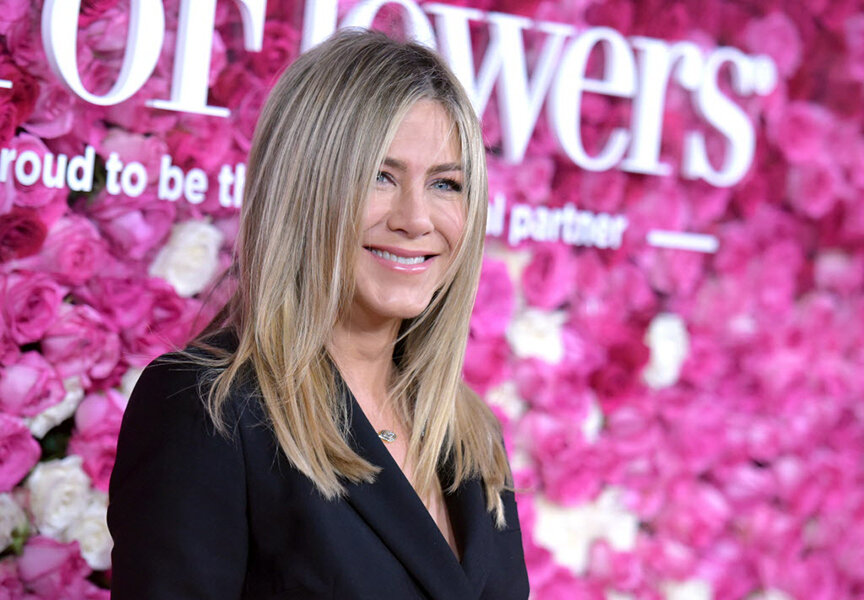'Mother's Day': How director Garry Marshall succeeds with ensemble comedy
Loading...
"Mother's Day," which will be released later this month, is director Garry Marshall's newest ensemble comedy based around a major holiday, a genre that has proven financially successful in the past.
"Mother," which will be released on April 29 (the actual Mother's Day is May 8 – you're welcome), stars Jennifer Aniston, Julia Roberts, and Jason Sudeikis, among others, as various people celebrating the title holiday.
It also stars Kate Hudson, Timothy Olyphant, Britt Robertson, Héctor Elizondo, and Sarah Chalke.
Mr. Marshall's most recent effort along these lines was the 2011 film "New Year's Eve," which starred various well-known actors such as Robert De Niro, Halle Berry, Michelle Pfeiffer, and Zac Efron as New Yorkers ringing in the new year. Marshall also directed the 2010 film "Valentine's Day."
The formula has been attempted by other directors as well, including Kirk Jones, who adapted the bestseller "What to Expect When You're Expecting" as a 2012 story about various couples who will soon welcome a baby.
"Valentine's Day" was a big success financially, though "New Year's Eve" didn't perform as well. In addition, the movies weren't well-received by critics – Monitor film critic Andy Klein gave "Valentine's Day" a D grade, writing, "There's nothing here you haven't seen a million times before, but that's not the problem. Despite the best efforts of the players, the script is just flat."
So what made "Valentine's Day" in particular appeal to audiences?
Amy West of the International Business Times writes that the number of stars in the films attracts moviegoers.
"With an impressive cast, it will get people going to the cinema," Ms. West wrote of "Mother's Day."
As for one reason why studios continue to green-light the projects, Nicole Sperling of Entertainment Weekly writes that because these movies have so many stars, they are fairly inexpensive for their studio because these actors only film a couple of scenes.
"If it's successful, which it's destined to be, expect to see a whole lot more movies where A-list actors work in a large ensemble cast for only a few days for reduced pay," Ms. Sperling wrote before "Valentine"'s release. "It's one easy way to earn a living."






